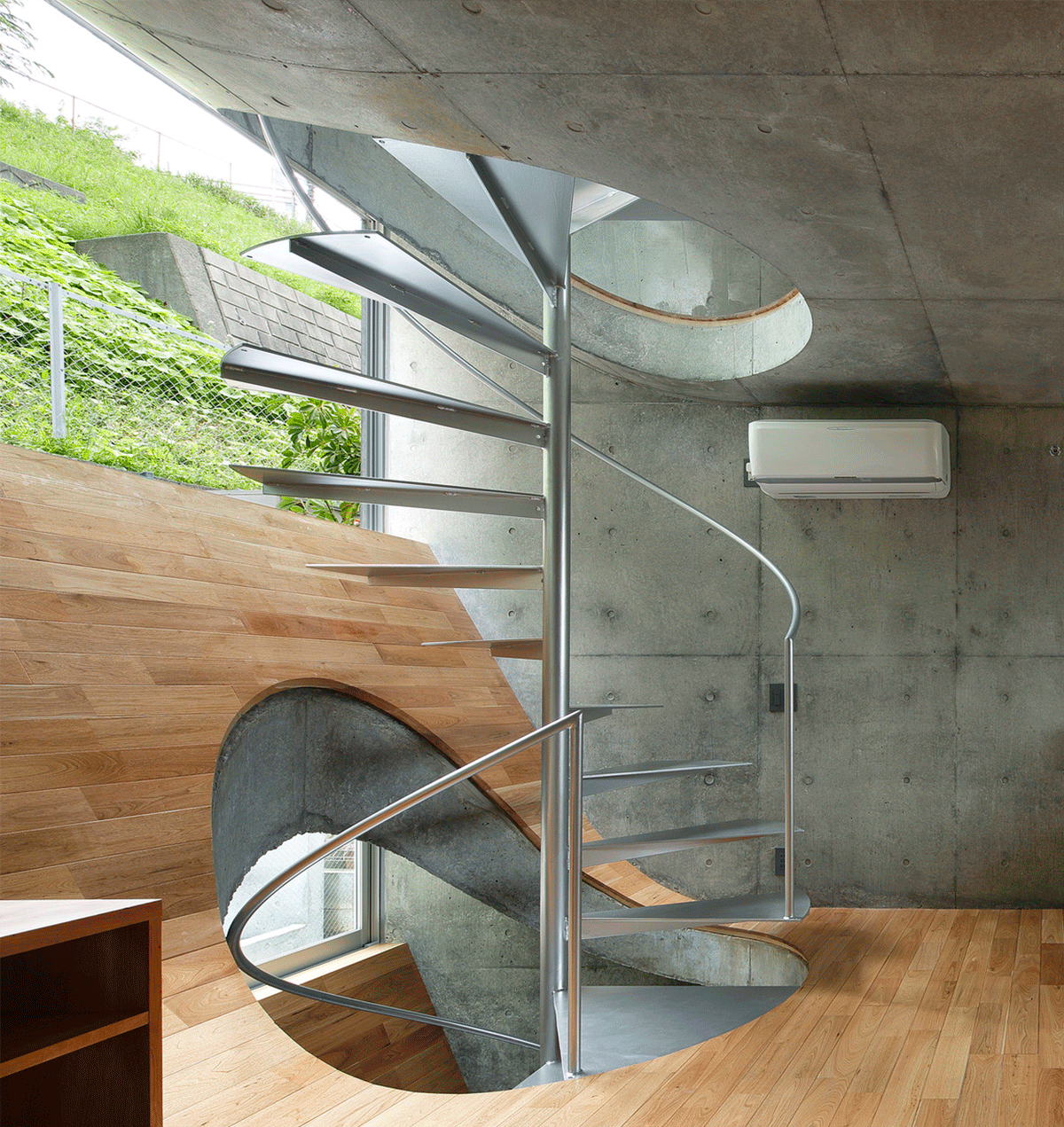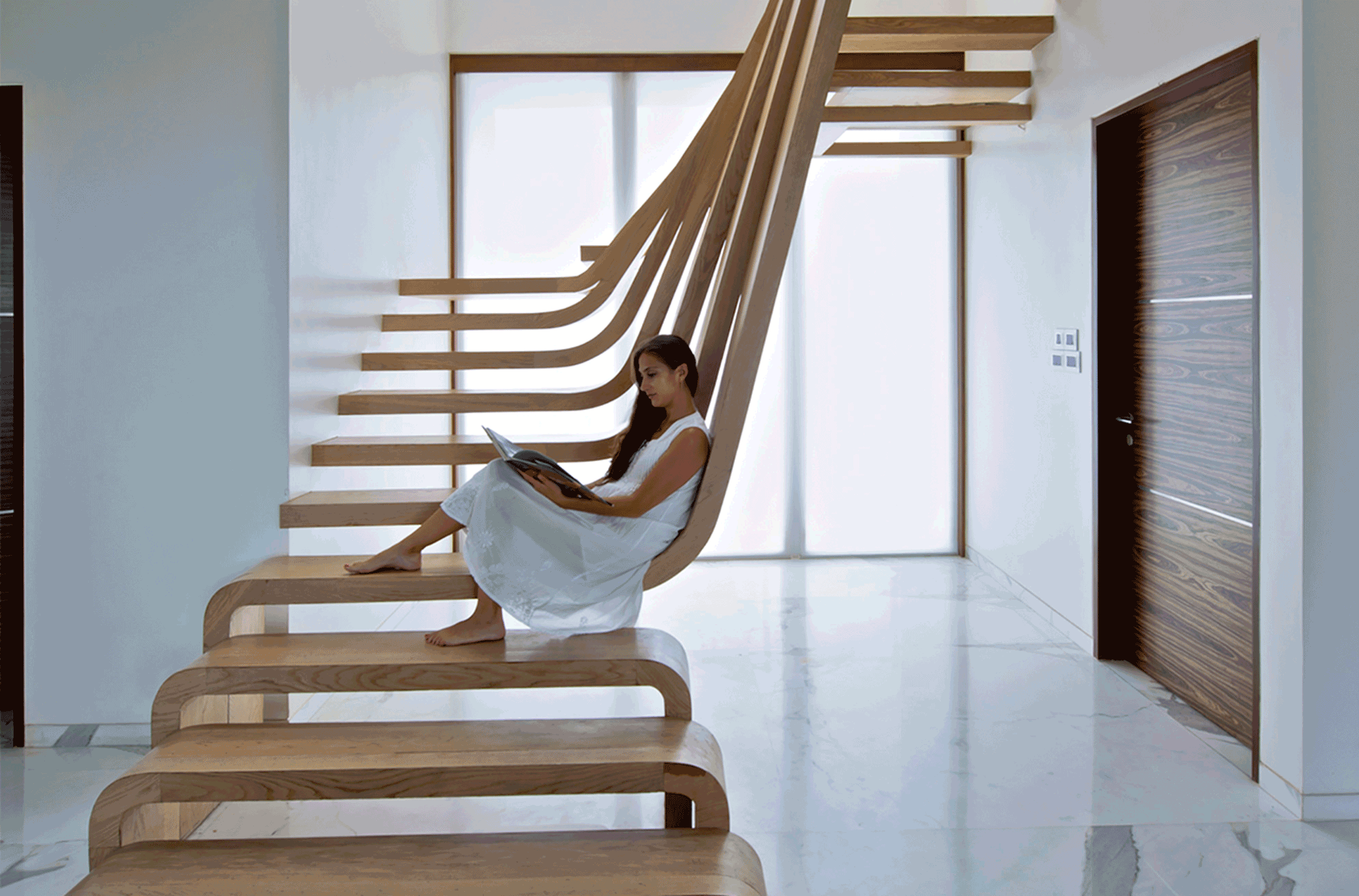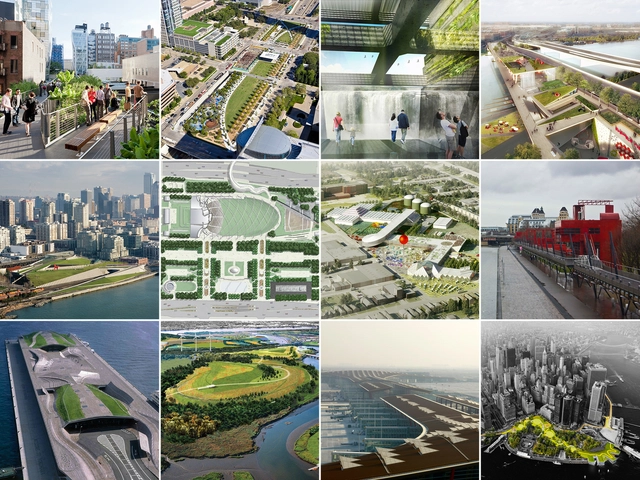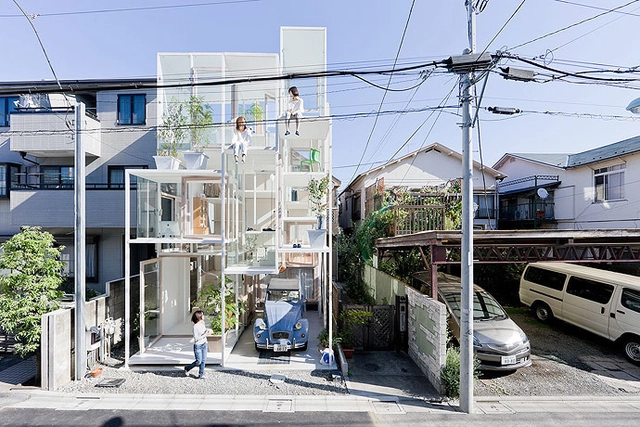
Over the centuries green has signified many emotions; love, jealousy, health, and more recently the environment. Particularly in the middle ages, it was used to suggest wealth and riches, being used by Leonardo da Vinci as the color of Mona Lisa’s dress. It has also been part of the important tradition to wear green on St. Patrick’s Day as part of the celebrations, a custom in Ireland that dates as far back as 1640.
When it comes to architecture, green color buildings stand out in cities that are usually abundant with brick, concrete and steel and their monochrome palette. In 2017 we saw the revitalizing shade of green, ‘greenery’, being named Pantone’s Color of the Year so it’s no wonder that there are copious numbers of buildings and interiors adorning such a refreshing tone.
Is green the new black? It’s up to you to decide as you scroll through the 18 gorgeous projects below featuring green with such pride.



















.jpg?1472236051&format=webp&width=640&height=580)




.jpg?1472236051)


















